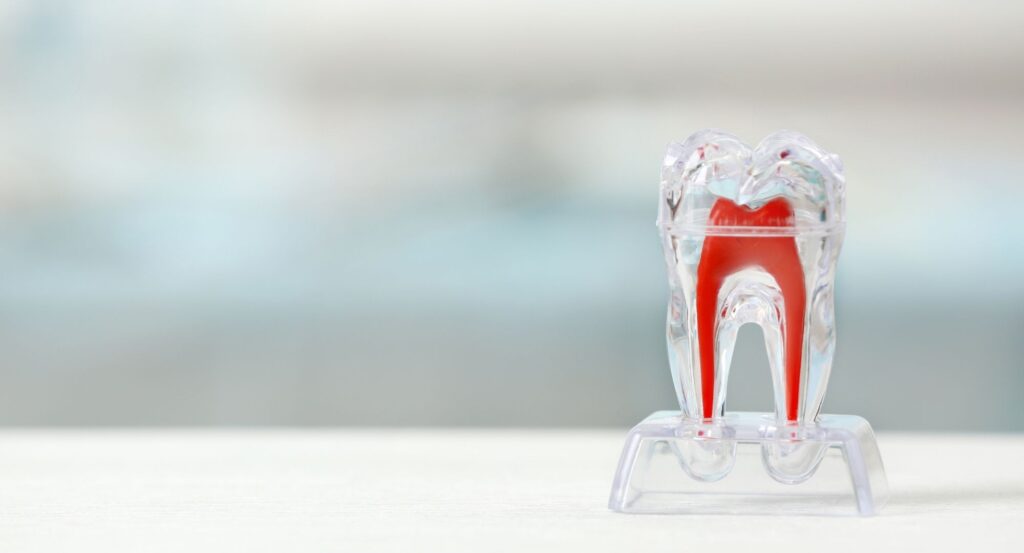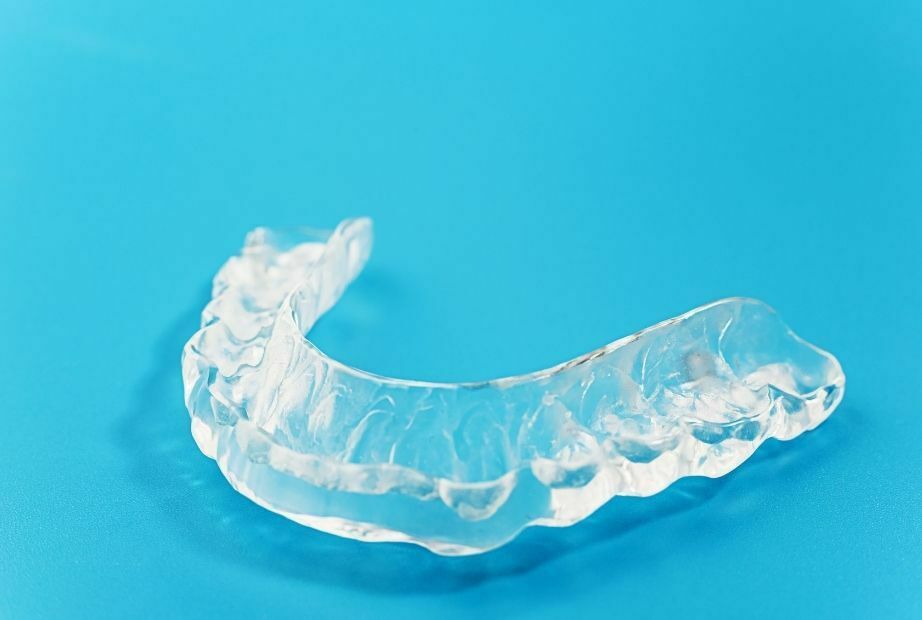CONSERVATIVE DENTISTRY

Conservative dentistry treatments
Conservative and restorative dentistry allows us to prevent, stop and cure dental caries in all its phases. Dental caries/tooth decay can slightly affect the dental structure, destroying only the enamel, or progress to more serious stages, invading deeper tissues such as dentin or dental pulp.
Dental caries

The dental caries treatment is based on the removal of (the) infected tissue and subsequent reconstruction of (the)lost tissue with biocompatible (bio-compatible) materials. It is what we used to popularly know as dental fillings and what we currently call dental fillings. A successful result is achieved by carrying out all the appropriate procedures with the best materials and an excellent rehabilitation of the anatomy of each of the teeth.
Sealing materials

Nowadays, restorative dentistry encompasses an array of possibilities in terms of restorative technique and materials. The old restorations were made of silver amalgam, but due to their poor aesthetics and their mercury content, they are no longer employed. Nowadays, we use composite resins (composite) that guarantee greater physicochemical properties and greater aesthetic results.
For large reconstructions due to a large loss of dental material, it is recommended to perform dental inlays where a block restoration is made in the laboratory, which has more resistance and hardness.

Sealing materials
Discharge splint

A splint consists of a plate that fits over all teeth to cushion the bite and rest the jaw muscles. It consists of a rigid appliance that is custom-made according to the needs and dentition of each patient, as it is designed in a completely personalised way.
Frequent questions
Caries is a multifactorial disease characterized by the destruction of the hard tissues of the tooth as a result of the demineralization caused by the acids generated by bacterial plaque from food debris
This disease is the leading cause of tooth loss in young people.
Dental caries is associated with poor oral hygiene (errors in brushing techniques and lack of dental floss), a predisposing genetic aetiology (the influence of saliva pH in relation to caries is studied) and a diet rich in sugars .
If the tooth is not treated, the infection can reach the dental pulp and subsequently inflame the area surrounding the apex (end of the root of the tooth), producing apical periodontitis, and can lead to an abscess, cellulitis or even a phlegmon
When dental caries has spread to the pulp we will have to perform endodontics (root canal treatment) and possibly reconstruct the tooth with a crown, so that if we arrive in time to treat the caries we will avoid a possible endodontics or extraction in the future, if the tooth is not restorable.
Oral hygiene is necessary to prevent tooth decay and consists of proper tooth brushing technique, at least twice a day, (preferably after every meal and at bedtime), as well as flossing once a day and rinsing with fluoride or other antiseptics if required.
In addition, a rigorous examination of the oral cavity and an exhaustive oral cleaning and regular check-ups are important.
It is also important to maintain a healthy and balanced diet avoiding sticky foods, sugary drinks or constantly sucking on candies.
CONTACTAR
- Avenida de Europa 23, Local 8, Pozuelo de Alarcón (Madrid)
- +34 917 153 508
- +34 679 102 616
- info@clinicavilarsancho.com
- We are waiting for you in this address


